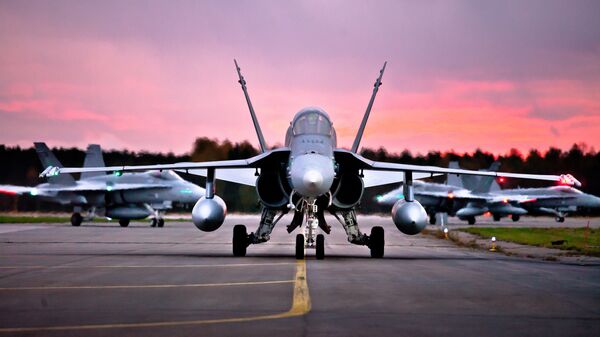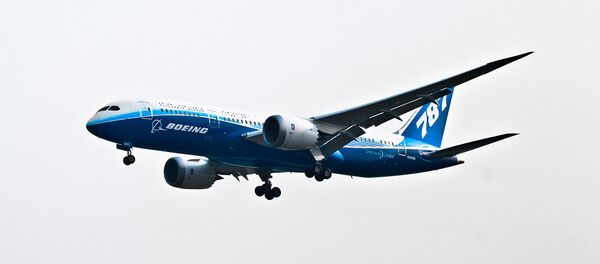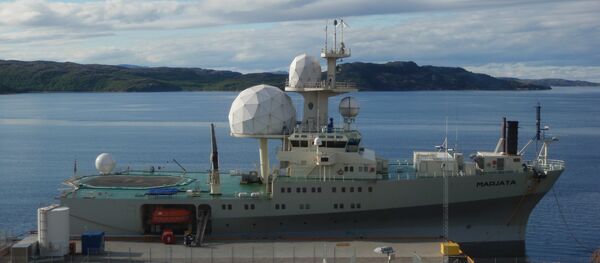The choice lies between three warplanes, namely the Joint Strike Fighter (produced by US Lockheed Martin), the Eurofighter Typhoon (produced by Airbus in partnership with a pan-European consortium) and the F/A-18 Super Hornet (produced by Boeing), with the F-35A Lightning II (Joint Strike Fighter) generally regarded as the front-runner. Besides, Denmark has been a partner nation in the F-35 program since 1997, contributing an estimated 291 million dollars to the development project.
Although the decision is solely up to the politicians in Copenhagen, Boeing is leaving no stone unturned in its massive campaign, which is addressed to the entire Danish population. According to Tom Bell, Head of Boeing' global sales and marketing department, the decision is so important that all of the Danish population ought to be involved.
"It is our impression that an expense of such proportions concerns both the politicians and the population, and we hope the campaign will lead to an open and honest debate about the huge cost to the Danish taxpayers," he said, explaining that Boeing has never launched campaigns of such a scale before.
Jens Ringsmose, associate professor at the Center for War Studies at the University of Southern Denmark, agrees that the campaign is unique. However, he also called Boeing an "underdog" and its advertisement campaign "desperate."
"I believe they are simply trying as many channels as possible. One might argue that such is the historical tendency for the outsider clinging to sources other than the classic top-down one," he said, as quoted by Jyllands-Posten.
Denmark further postpones fighter jet replacement till 2016, complicated by problems with @thef35, via @defense_news https://t.co/W6sBAYt2Ro
— Lara Seligman (@laraseligman) December 7, 2015
With the deadline for when politicians must make up their minds approaching, attempts to influence the decision have also intensified, he argued.
Depending on the number of aircraft purchased, the overall financing requirement cost for the FRP could run between 2.8 billion dollars and 4.5 billion dollars.




